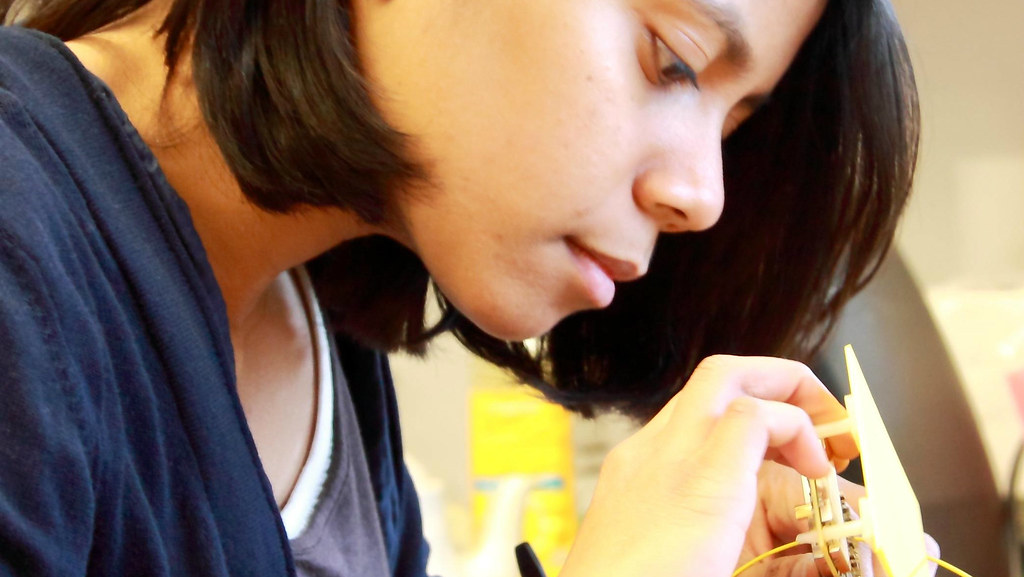The CubeSat, a mini satellite called UKube-1, measures just 30cm by 10cm by 10cm and weighs 3.5kg. Part of a UK Space Agency initiative to develop UK space technologies, the device was mounted on the Russian rocket Soyuz, and carried four pioneering devices called payloads.
The University's TOPCAT payload was chosen in a UK Space Agency competition and is the first device of its kind to measure space weather conditions in the plasmasphere, the area of space just outside the earth’s atmosphere, between 600 km and 20,000 km from the surface of the earth.
Space weather is the dynamics of the region of space surrounding the Earth. It involves complex interactions between solar radiation, solar wind, the Earth's magnetic field, and the upper extremes of the atmosphere. It is driven by energetic particles from the Sun which cause solar flares and eruptions and are powerful sources of potentially destructive solar storms.
The most commonly understood example of space weather is the Northern Lights, a colourful display which results due to interaction between the Earth’s magnetic field and solar particles which the Sun emits.
At present relatively little is understood about space weather but understanding is growing rapidly and the impact of activity in space increasingly affects everyday life in many important ways. Space weather storms have the potential to damage sensitive satellite components, cause corrosion on oil pipelines and induce current surges strong enough to knock out power grids here on Earth.
Space weather was recently added to the UK’s National Risk Register for Civil Emergencies, which noted the increasing need for government to understand, plan for and mitigate against space weather activity as dependence on technologies vulnerable to solar phenomena increases.
Professor Cathryn Mitchell from the University of Bath’s Department of Electronic & Electrical Engineering, explains: “Solar storms have an impact on engineered systems, particularly on the Global Positioning System, or GPS. Navigation, the national grid, internet banking, mobile phones, TV and aircraft landing systems are just a handful of applications that now rely on GPS. As a result, understanding the impact of solar storms on GPS accuracy is increasingly essential.”
The University’s TOPCAT device was developed by PhD student Talini Pinto Jayawardena, assisted by Professor Cathryn Mitchell and Doctor Robert Watson. Jayawardena commented: “By measuring electron density we can anticipate and mitigate for the effects of space weather. We hope to receive some initial results from the space mission within a week of launch and look forward to analysing the data it provides.”
The University of Bath has a significant and increasing presence in the field of space weather research, and plans to launch a new astrophysics undergraduate degree programme in the next year.
..................
If you enjoyed this, you may also like:
UK needs defending against space weather ‘superstorm’ - February 2013
University of Bath invention to be sent into space - March 2011

